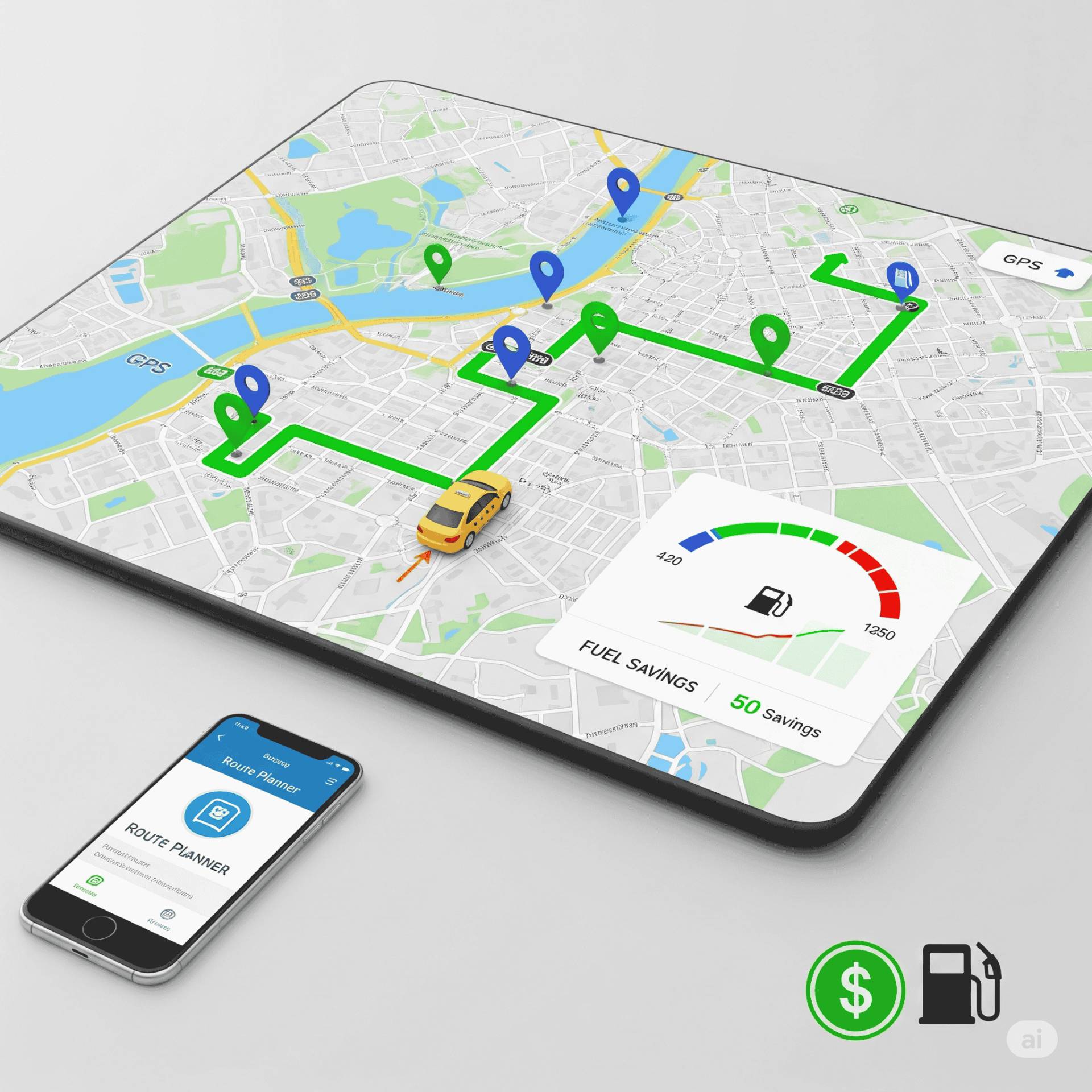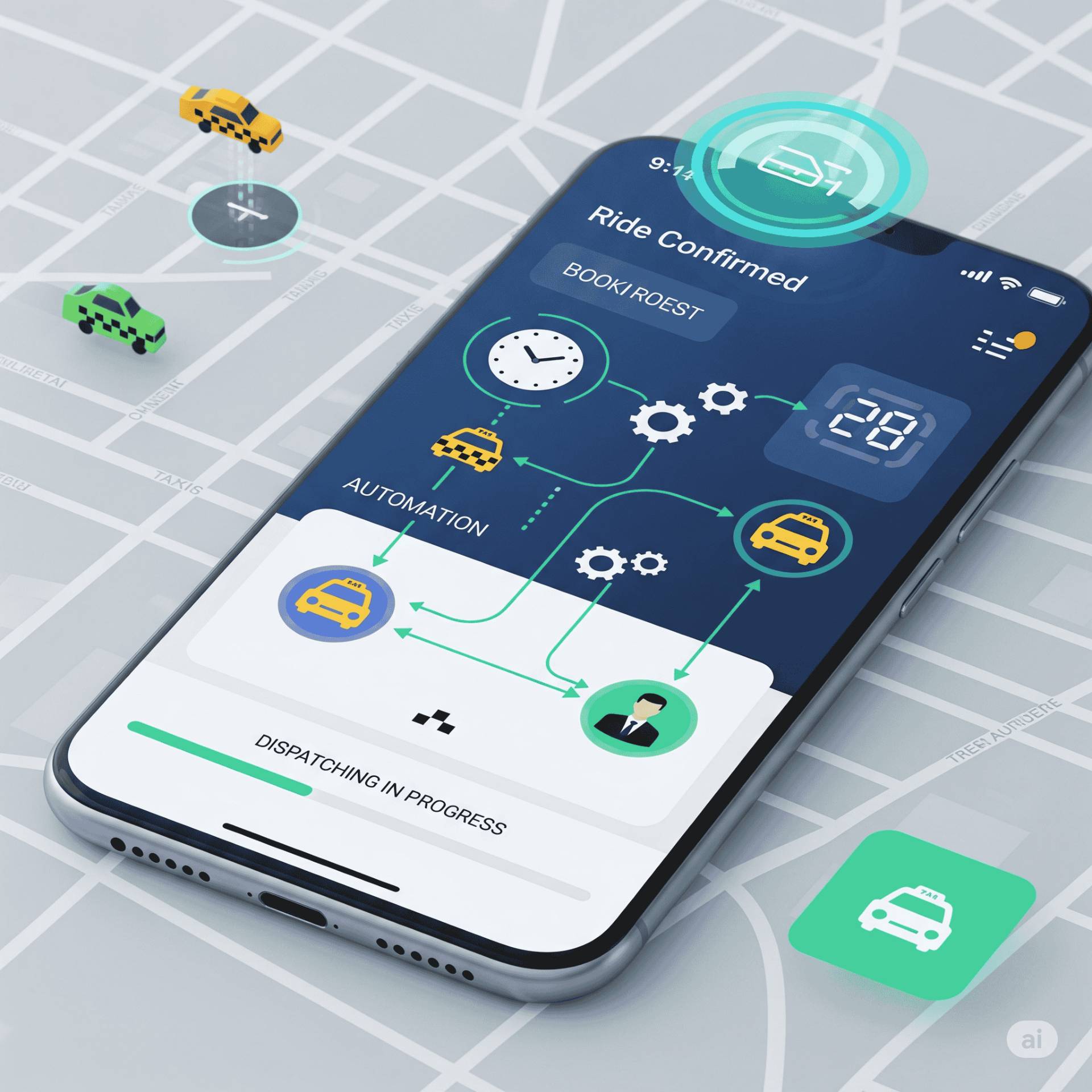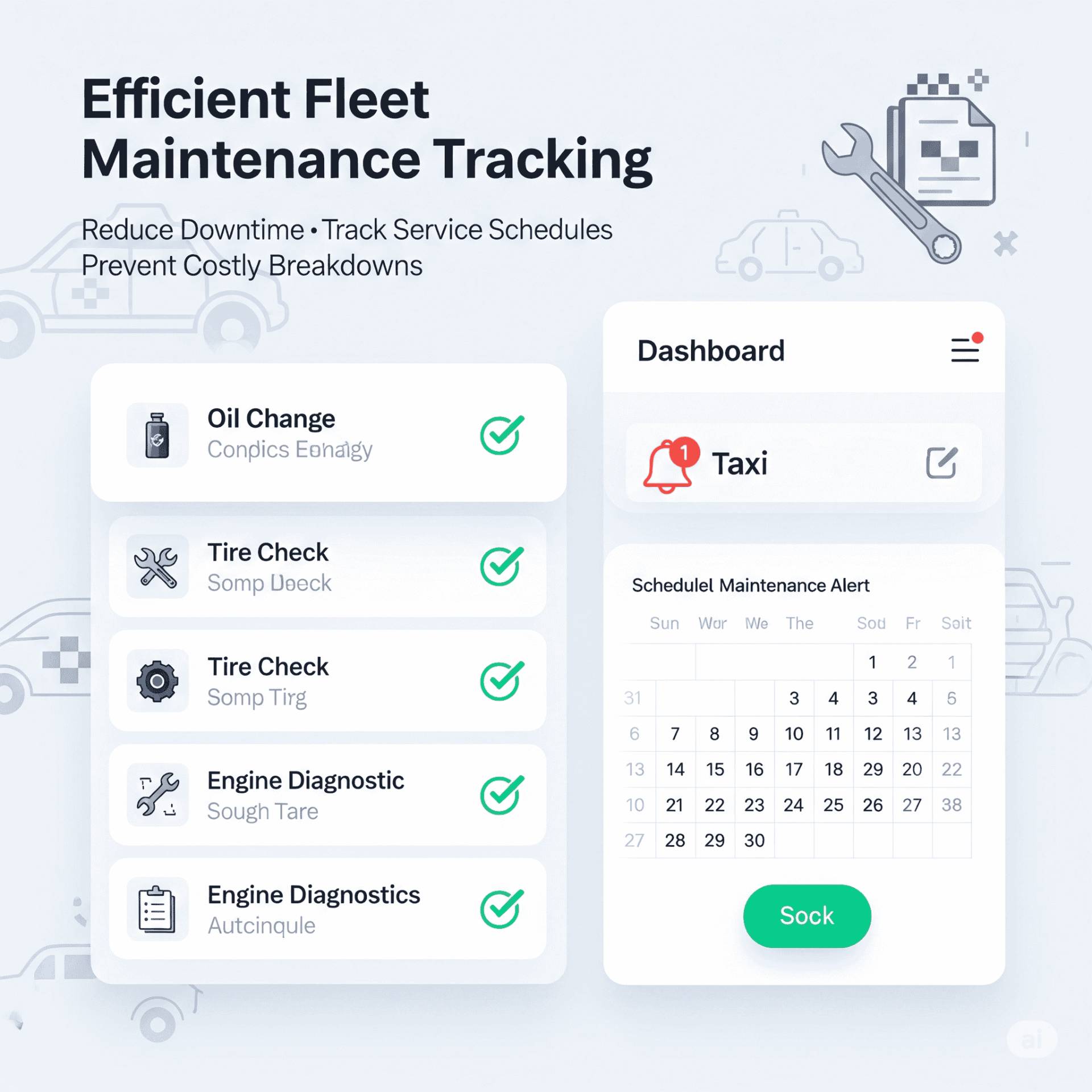How to Reduce Operational Costs with Taxi Dispatch Software

In the competitive world of taxi services, operational costs can make or break a business. Taxi operators are constantly looking for ways to reduce expenses while improving service quality. One of the most effective tools for achieving this is taxi dispatch software, which can significantly streamline operations, enhance fleet management, and reduce costs.
If you are running a taxi service—whether it’s a small fleet or a large organization—implementing the right taxi dispatch software can lower overheads and increase profitability. Let’s explore how this technology can help businesses cut costs and improve efficiency.
1. Optimize Routes and Save on Fuel Costs

Fuel is one of the highest expenses for any taxi business. The longer drivers spend on the road, the more fuel they use, and this can significantly eat into profits. One of the core functions of taxi dispatch software is route optimization, helps reduce fuel consumption.
By using real-time GPS tracking and traffic data, taxi dispatch software suggests the most efficient routes for drivers. This minimizes detours, avoids congestion, and ensures faster trips—resulting in lower fuel costs and higher productivity.
Benefits:
- Reduced fuel consumption.
- Shorter travel times.
- Lower vehicle maintenance costs.
2. Reduce Idle Time and Improve Fleet Utilization
Idle time occurs when taxis are not in use—whether they’re stuck in traffic, waiting for a passenger, or parked waiting for the next ride. This is a major cost driver for many taxi companies.
With dispatch systems, idle time can be minimized. The software automatically dispatches the nearest available driver to a new ride request. By analyzing real-time data, it reduces the time a vehicle is unproductive, increasing overall fleet utilization.
Benefits:
- Maximized fleet usage.
- Reduced downtime between rides.
- Increased earnings per vehicle.
3. Automate Booking and Dispatching to Save Time

Traditionally, taxi services rely on manual systems to handle bookings and dispatch drivers. This can be time-consuming and error-prone. Taxi dispatch software automates these processes by offering online booking platforms, mobile apps, and automated dispatching.
When a customer books a ride, the system automatically assigns the nearest available driver, which speeds up the process and reduces the chances of errors. This automation reduces the need for manual intervention, freeing up resources and lowering labor costs.
Benefits:
- Time-saving automation.
- Reduced administrative workload
- Improved accuracy in dispatching.
4. Streamline Driver Management and Track Performance
Managing drivers, ensuring they follow company policies, and keeping track of hours can be a major challenge. Without proper monitoring, driver inefficiencies can lead to unnecessary costs. Taxi dispatch software allows businesses to track driver performance in real-time.
With features like shift scheduling, driver performance monitoring, and behavior analysis, taxi operators can better manage their workforce. By optimizing shifts and reducing overtime, businesses can lower labor costs and ensure drivers are operating at peak efficiency.
Benefits:
- Improved driver accountability.
- Reduced overtime costs.
- More efficient driver scheduling.
5. Efficient Fleet Maintenance Tracking

Keeping a fleet of vehicles in optimal condition requires regular maintenance, inspections, and repairs. A lack of proper vehicle management can result in costly repairs and extended downtime.
Taxi dispatch software often includes maintenance tracking features, which allow operators to monitor vehicle health, schedule maintenance, and get reminders for inspections. By staying on top of vehicle condition, taxi businesses can avoid unexpected breakdowns and expensive repairs.
Benefits:
- Proactive maintenance scheduling.
- Fewer unexpected repairs.
- Extended vehicle lifespan.
6. Implement Dynamic Pricing for Revenue Optimization
Dynamic pricing or surge pricing allows taxi businesses to adjust fares based on demand, time of day, weather, and other factors. During high-demand periods, such as rush hours or bad weather, taxi dispatch systems automatically adjust prices to maximize revenue.
For example, if demand is high but supply is low, increasing prices can help compensate for the additional costs incurred by drivers. This ensures that businesses can continue to operate profitably even during peak times.
Benefits:
- Increased revenue during high-demand periods.
- Better price control.
- Optimized earnings per ride.
7. Simplify Payments and Reduce Billing Errors
Managing payments and invoices manually can lead to errors, disputes, and inefficiencies. Taxi dispatch software often integrates payment gateways that support multiple payment methods, such as credit cards, digital wallets, and cashless transactions.
The system calculates the fare automatically based on distance, time, and other factors, ensuring accuracy. Automated invoicing also reduces the chances of errors, saving time for your team and providing a smoother customer experience.
Benefits:
- Faster, more accurate payments.
- Fewer payment-related disputes.
- Lower administrative costs.
8. Analyze Data for Continuous Cost Improvements
One of the most valuable aspects of taxi dispatch software is the ability to gather and analyze data. From customer booking patterns to driver performance and vehicle efficiency, this data can help identify cost-saving opportunities.
By using analytics tools within the software, businesses can make data-driven decisions to optimize operations. For example, they can identify periods of low demand and adjust driver deployment, ensuring that resources are allocated efficiently.
Benefits:
- Data-driven decision-making.
- Continuous improvement in operational efficiency.
- Increased profitability through better resource management.
Conclusion: How Taxi Dispatch Software Can Drive Cost Efficiency
Incorporating taxi dispatch software into your operations is an effective way to reduce operational costs while improving service quality. By leveraging key features like route optimization, automated dispatch, and dynamic pricing, taxi businesses can streamline their processes, improve fleet management, and boost profitability.
The future of the taxi industry is all about smart, data-driven solutions. With taxi dispatch software, taxi operators can stay competitive, cut costs, and continue to provide top-notch service to their customers.
Ready to reduce your operational costs and improve efficiency? Learn more about our taxi dispatch software solutions and see how we can help take your taxi business to the next level.
